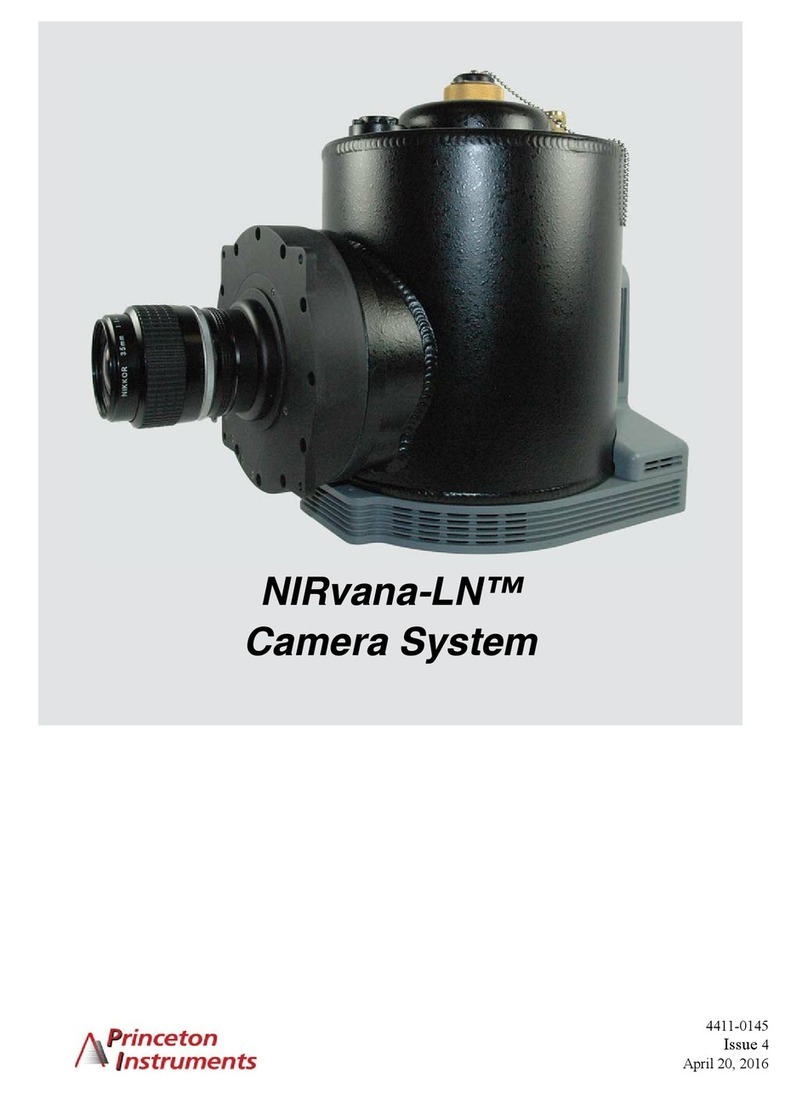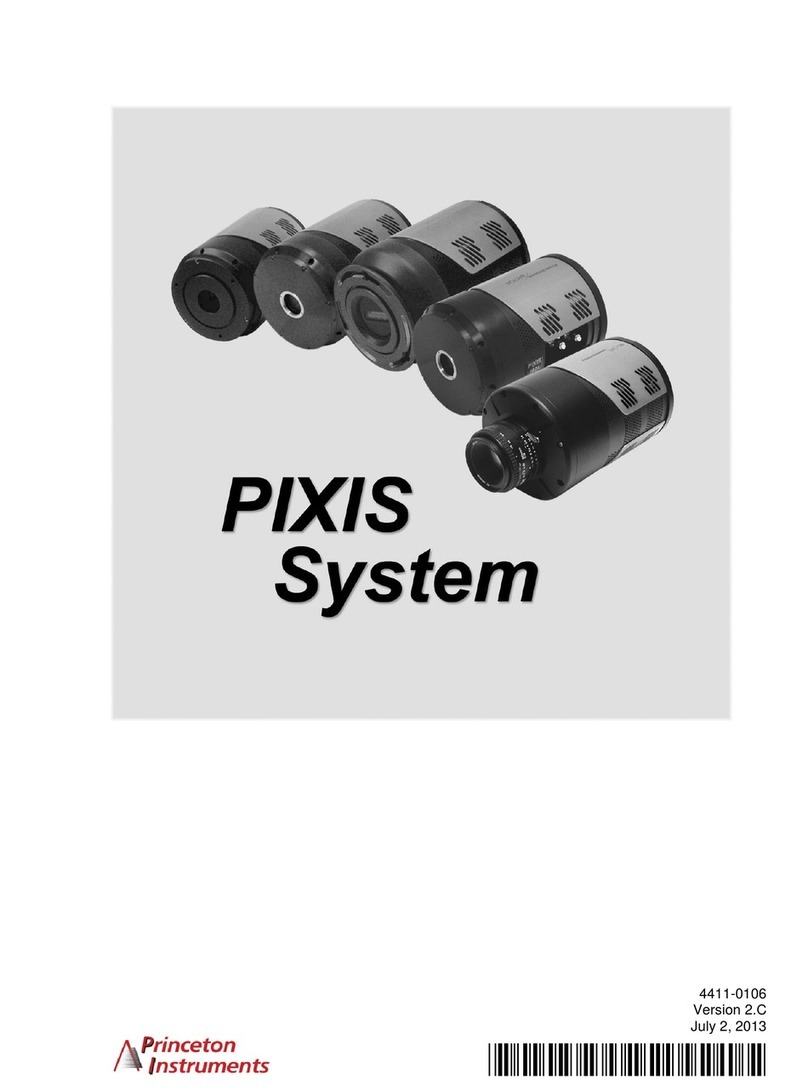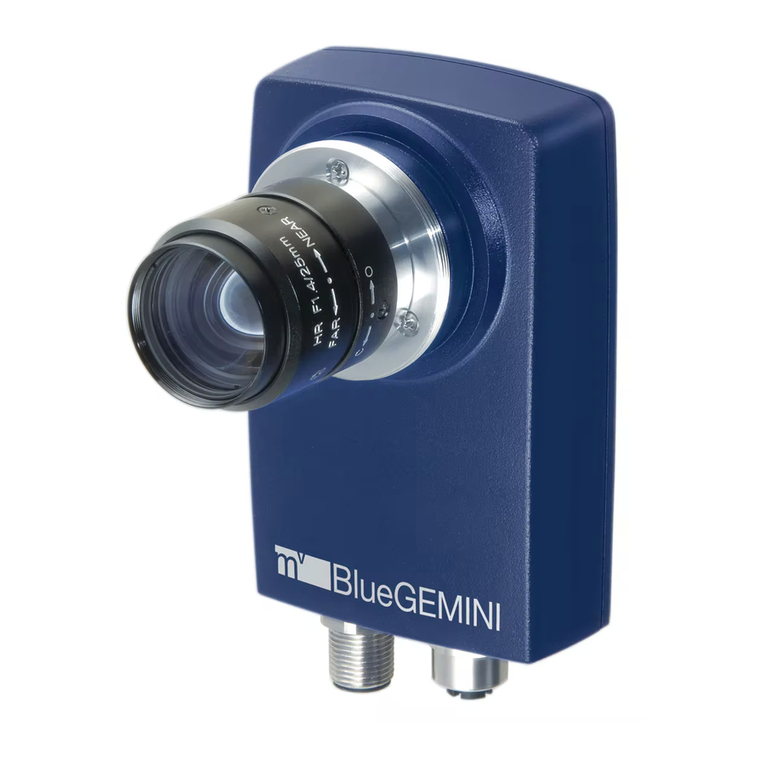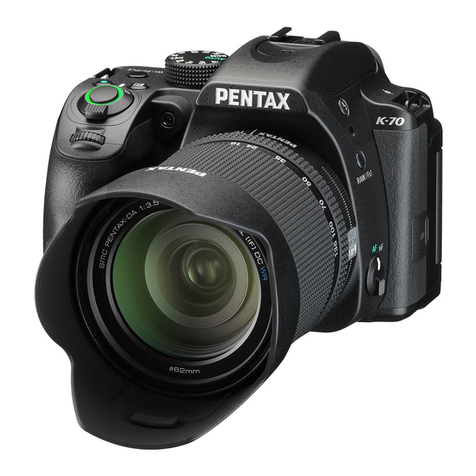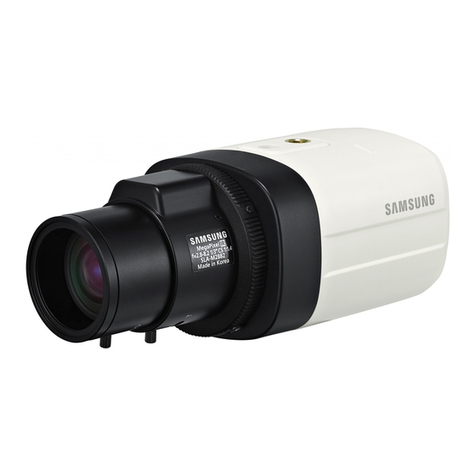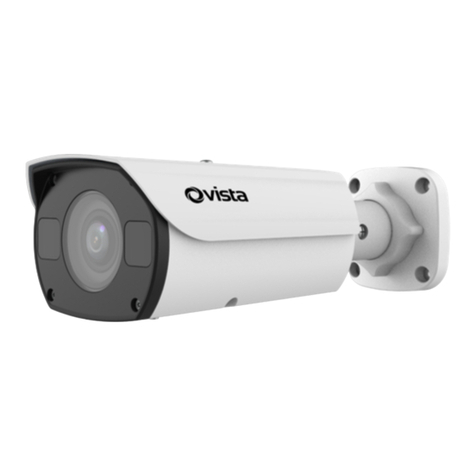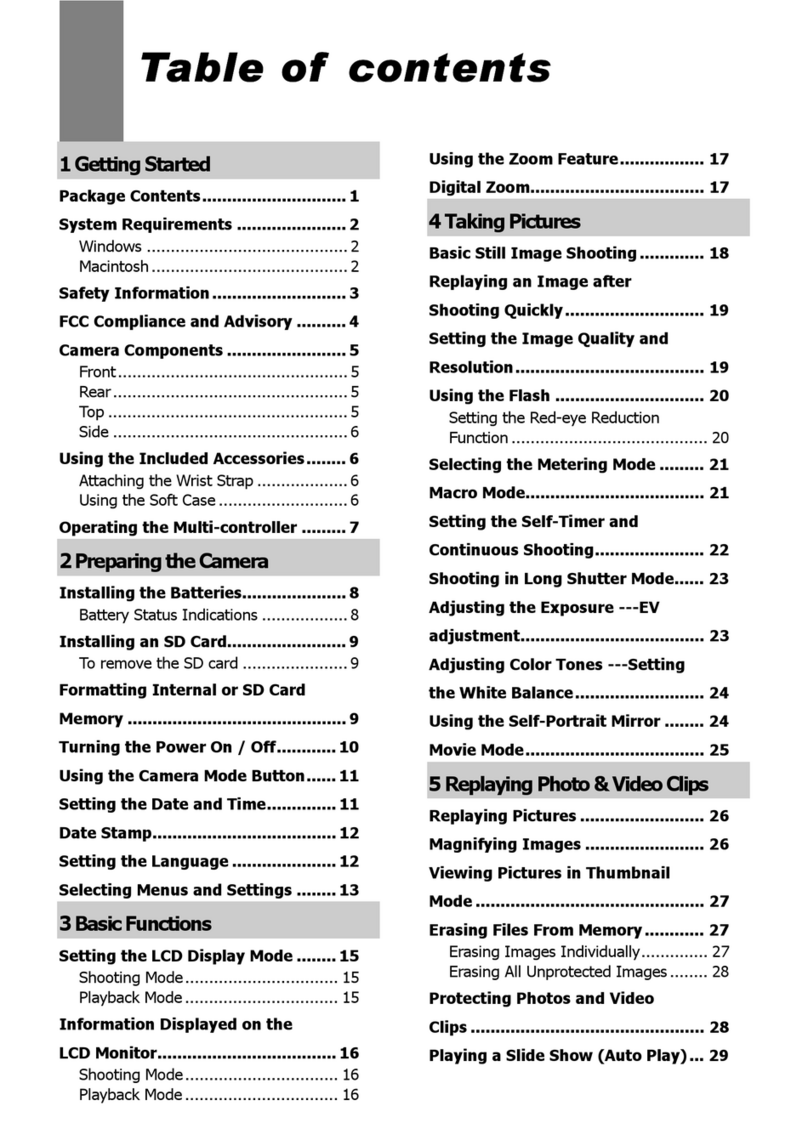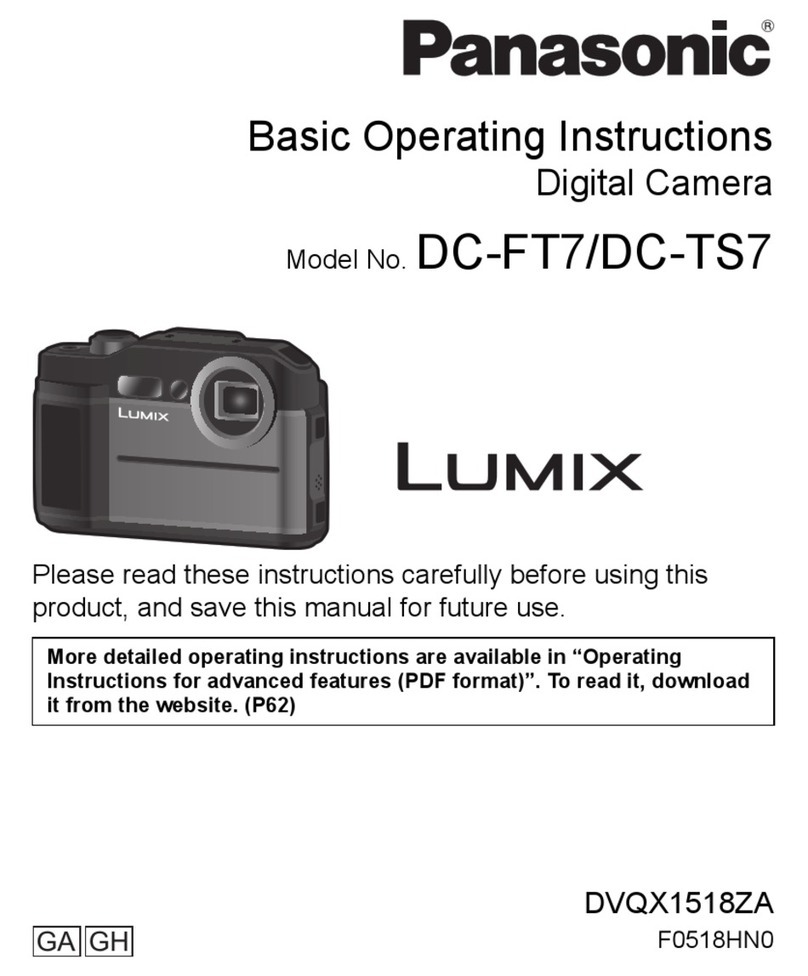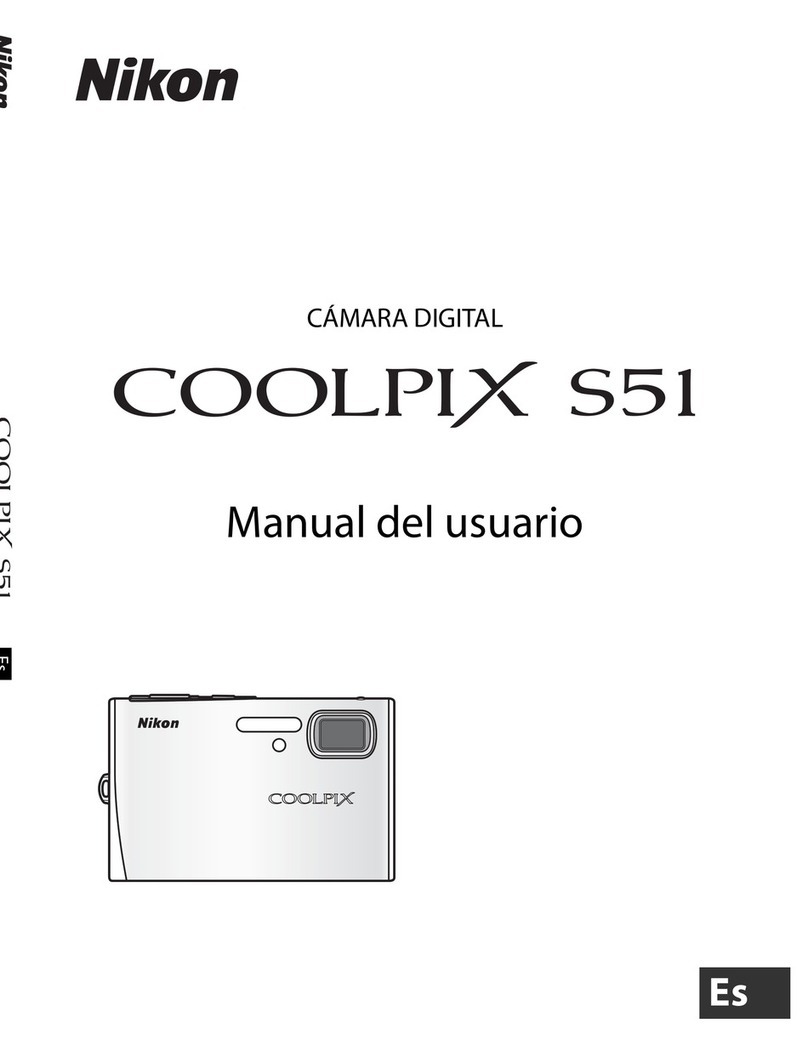Princeton Instruments PhotonMAX System User manual

4411-0107
Version 1.B
January 26, 2006
*4411-0107*

©Copyright 2005-2006 Princeton Instruments, a division of Roper Scientific, Inc.
3660 Quakerbridge Rd
Trenton, NJ 08619
TEL: 800-874-9789 / 609-587-9797
FAX: 609-587-1970
All rights reserved. No part of this publication may be reproduced by any means without the written
permission of Princeton Instruments, a division of Roper Scientific, Inc. ("Princeton Instruments").
Printed in the United States of America.
LabVIEW is a registered trademark of National Instruments, Inc.
LEMO is a registered trademark of INTERLEMO HOLDING SA
PhotonMAX is a trademark of Roper Scientific, Inc.
PVCAM is a registered trademark of Photometrics, Ltd.
Scientific Imaging ToolKit and SITK are trademarks of R Cubed Software Consultants, LLC.
SpectraPro is a trademark of Acton Research Corporation.
Windows and Windows NT are registered trademarks of Microsoft Corporation in the United States
and/or other countries.
The information in this publication is believed to be accurate as of the publication release date. However,
Princeton Instruments does not assume any responsibility for any consequences including any damages
resulting from the use thereof. The information contained herein is subject to change without notice.
Revision of this publication may be issued to incorporate such change.

iii
Table of Contents
Chapter 1 Introduction........................................................................................ 7
PhotonMAX™ Cameras.....................................................................................................7
EMCCD Technology and On-Chip Multiplication Gain....................................................7
Integrated Controller...........................................................................................................8
Grounding and Safety.........................................................................................................8
Precautions..........................................................................................................................9
UV Coating.........................................................................................................................9
Cleaning.............................................................................................................................. 9
Repairs..............................................................................................................................10
About this Manual ............................................................................................................10
Chapter 2 System Component Descriptions .................................................. 13
System Components .........................................................................................................13
PhotonMAX Camera ........................................................................................................ 13
CoolCUBE Coolant Circulator.........................................................................................14
Cables ...............................................................................................................................15
Certificate of Performance................................................................................................15
User Manuals....................................................................................................................15
Optional Components:......................................................................................................16
Chapter 3 Installation Overview....................................................................... 17
Chapter 4 System Setup ................................................................................... 21
Introduction.......................................................................................................................21
Unpacking the System ......................................................................................................21
Checking the Equipment and Parts Inventory...................................................................22
System Requirements .......................................................................................................22
Attaching a Lens to a C- Mount Adapter..........................................................................23
Adjusting the C-Mount Adapter .......................................................................................24
Making the Camera-Circulator Connections....................................................................24
Software Installation.........................................................................................................25
Entering the Default Camera System Parameters into WinX (WinView/32,
WinSpec/32, or WinXTest/32).....................................................................................26
Chapter 5 Operation.......................................................................................... 29
Introduction.......................................................................................................................29
First Light (Imaging) ........................................................................................................30
First Light (Spectroscopy) ................................................................................................35
Exposure and Signal .........................................................................................................40
Readout.............................................................................................................................44
Chapter 6 Advanced Topics ............................................................................. 53
Introduction.......................................................................................................................53
External Shutter Operation ...............................................................................................53
Timing Modes...................................................................................................................54
Fast and Safe Modes.........................................................................................................57
TTL Status Signals............................................................................................................59
Kinetics Mode (Option)....................................................................................................60

iv PhotonMAX System Manual Version 1.B
Chapter 7 Troubleshooting .............................................................................. 67
Introduction.......................................................................................................................67
Baseline Signal Suddenly Changes...................................................................................68
Camera Stops Working.....................................................................................................68
Camera1 (or similar name) in Camera Name field...........................................................68
Controller Is Not Responding...........................................................................................69
Cooling Troubleshooting..................................................................................................70
Data Overrun Due to Hardware Conflict message............................................................ 71
Demo is only Choice on Hardware Wizard:Interface dialog (Versions 2.5.19.0
and earlier)..................................................................................................................71
Demo, High Speed PCI, and PCI(Timer) are Choices on Hardware
Wizard:Interface dialog (Versions 2.5.19.0 and earlier)............................................73
Detector Temperature, Acquire, and Focus are Grayed Out (Versions 2.5.19.0
and earlier)..................................................................................................................74
Editing the PVCAM.INI File............................................................................................75
Error Creating Controller message ...................................................................................76
Program Error message.....................................................................................................76
Serial violations have occurred. Check interface cable. ................................................... 77
Smeared Images................................................................................................................77
Declaration of Conformity ................................................................................ 79
Appendix A Basic Specifications .................................................................... 83
Window............................................................................................................................. 83
CCD Arrays ......................................................................................................................83
Mounts..............................................................................................................................83
Focal Distance (Optical)...................................................................................................83
Camera.............................................................................................................................. 83
CoolCUBE Circulator.......................................................................................................86
Options..............................................................................................................................86
Appendix B Outline Drawings.......................................................................... 87
PhotonMAX Camera: C-mount, Air-Cooled....................................................................87
PhotonMAX Camera: C-mount, Liquid-Cooled...............................................................88
CoolCUBE Circulator.......................................................................................................89
Warranty & Service ........................................................................................... 91
Limited Warranty..............................................................................................................91
Contact Information..........................................................................................................94
Index ................................................................................................................... 95
Figures
Figure 1. Comparison of Traditional CCD and PhotonMAX EMCCD Array Structures.8
Figure 2. Typical Air-Cooled System Components.........................................................13
Figure 3. Typical Imaging Experiment Layout with Air-cooled Camera........................18
Figure 4. Typical Spectroscopy Experiment Layout with Air-cooled Camera................18
Figure 5. Typical Imaging Experiment Layout with Liquid-cooled Camera...................19
Figure 6. Typical Spectroscopy Experiment Layout with Liquid-cooled Camera ..........19
Figure 7. Adjustable C-Mount Adapter...........................................................................24
Figure 8. WinView Installation: Select Components dialog box....................................25

Table of Contents v
Figure 9. Camera Detection Wizard - Welcome dialog box............................................26
Figure 10. Controller/Camera tab page............................................................................27
Figure 11. Cleans tab page...............................................................................................27
Figure 12. RSConfig dialog box......................................................................................27
Figure 13. Hardware Setup wizard: PVCAM dialog box................................................28
Figure 14. Block Diagram of PhotonMAX System........................................................29
Figure 15. Controller/Camera tab page............................................................................31
Figure 16. Cleans tab page...............................................................................................32
Figure 17. Detector Temperature dialog box...................................................................32
Figure 18. Experiment Setup|Timing tab page ................................................................33
Figure 19. Controller/Camera tab page............................................................................36
Figure 20. Detector Temperature dialog box...................................................................36
Figure 21. Cleans tab page...............................................................................................37
Figure 22. Experiment Setup|Timing tab page ................................................................38
Figure 23. Setting the Exposure Time (Experiment Setup|Main tab page) ....................40
Figure 24. Setting the Avalanche Gain (Experiment Setup|Main tab page)....................41
Figure 25. DAC Setting vs. Charge Multiplication Gain................................................. 41
Figure 26. Setting the Temperature (Detector Temperature dialog box).........................42
Figure 27. Selecting the Clean Mode (Hardware Setup|Cleans tab page).......................43
Figure 28. EMCCD Array Structure................................................................................ 44
Figure 29. Selecting the Readout Port (Experiment Setup|Main tab page) .....................45
Figure 30. Selecting the Controller Gain (Experiment Setup|ADC tab page).................46
Figure 31. Selecting the Readout Rate (Experiment Setup|ADC tab page).....................47
Figure 32. Binning and Array Orientation.......................................................................48
Figure 33. Required Selections for Overlap Mode Operation.........................................49
Figure 34. Timing Diagram for Overlap Mode when Exposure Time < Readout Time .49
Figure 35. Timing Diagram for Overlap Mode when Exposure Time > Readout Time .50
Figure 36. Required Selections for Non-Overlap Mode Operation.................................51
Figure 37. Timing Diagram for Non-Overlap Mode.......................................................52
Figure 38. Timing tab page..............................................................................................53
Figure 39. External Shutter Timing Diagram.................................................................. 54
Figure 40. Free Run Timing Diagram: Non-Overlap Mode............................................55
Figure 41. Free Run Timing Diagram: Overlap Mode (t
exp
>t
R
).......................................55
Figure 42. External Sync Timing Diagram: Non-Overlap Mode ....................................55
Figure 43. Bulb Mode Timing Diagram: Non-Overlap Mode.........................................56
Figure 44. Single Trigger Mode Timing Diagram: Overlap Mode..................................56
Figure 45. Single Trigger Mode Timing Diagram: Non-Overlap Mode .........................56
Figure 46. Flowcharts of Safe and Fast Mode Operation................................................58
Figure 47. PhotonMAX Rear Panel and I/O Cable.......................................................... 59
Figure 48. Comparison of SHUTTER OUT, EXPOSE OUT, and FRAME READOUT
Levels............................................................................................................ 59
Figure 49. Hardware Setup Dialog Box: Kinetics Readout Mode...................................60
Figure 50. Two Examples illustrating Partial Illumination of CCD for Kinetics Mode..61
Figure 51. Kinetics Data acquired based on Masked Images shown in Figure 50. .........61
Figure 52. Experiment Setup| Timing tab page ...............................................................62
Figure 53. Example showing Kinetics Operation using "Single Trigger”.......................62
Figure 54. Example showing Kinetics Operation using “Multiple Trigger”...................63
Figure 55. Typical Kinetics Experiment Layout..............................................................64
Figure 56. Camera1 in Camera Name Field ....................................................................68
Figure 57. Data Overrun Due to Hardware Conflict dialog box......................................71

vi PhotonMAX System Manual Version 1.B
Figure 58. Hardware Wizard: Interface dialog box .........................................................72
Figure 59. RSConfig dialog box......................................................................................72
Figure 60. Hardware Wizard: PVCAM dialog box .........................................................73
Figure 61. Hardware Wizard: Interface dialog box .........................................................73
Figure 62. RSConfig dialog box: Two Camera Styles ....................................................74
Figure 63. RSConfig dialog box: Two Camera Styles ....................................................75
Figure 64. Hardware Wizard: PVCAM dialog box .........................................................75
Figure 65. Error Creating Controller dialog box .............................................................76
Figure 66. Program Error dialog box...............................................................................76
Figure 67. Serial Violations Have Occurred dialog box..................................................77
Tables
Table 1. Driver Files and Locations.................................................................................25
Table 2. Typical Controller Gains ...................................................................................46
Table 3. Typical Deepest Operating Temperature...........................................................83

7
Chapter 1
Introduction
Thank you for purchasing a PhotonMAX camera system from Princeton Instruments/
Acton. Your system has been thoroughly tested to meet the exacting standards of
PI/Acton and to meet the demanding requirements of many low light level imaging
applications.
Please read the manual carefully before operating the camera. This will help you optimize
the many features of this camera to suit your research needs.
PhotonMAX™ Cameras
The new PhotonMAX™ cameras feature on-chip
multiplication gain, a technology that enables the
multiplication of photon generated charge right on the CCD.
This approach offers an effective alternative to traditional
ICCD cameras for many nongated, low-light applications.
The PhotonMAX:512B, the first in the series, features
square, 16 x 16 µm pixels in a 512 x 512, frame-transfer
format. The back-illuminated CCD with dual amplifiers ensures optimal performance not
only for applications that demand the highest available sensitivity but also for those
requiring a combination of high quantum efficiency and wide dynamic range. Deep
thermoelectric cooling and state-of-the-art electronics are employed to help suppress
system noise. The camera can be operated at 10 MHz for high-speed image visualization
or more slowly for high-precision photometry. Supravideo frame rates are achievable via
subregion readout.
EMCCD Technology and On-Chip Multiplication Gain
The principal difference between an electron-multiplying CCD (EMCCD) and a traditional
CCD is the presence of an extended serial register in the new device (see Figure 1). Electrons
are accelerated from pixel to pixel in the extended portion of the serial register (also referred
to as a multiplication register) by applying higher-than-typical CCD clock voltages. This
causes secondary electrons to be generated in the silicon by impact ionization. The degree of
multiplication gain is controlled by increasing or decreasing the clock voltages for this
register (gain is exponentially proportional to the voltage). Although the probability of
generating secondary electrons is fairly low (typically 0.01 per stage), over the large number
of stages of a typical multiplication register, the total gain can be quite high.
This technology combines the ease of use and robustness of a traditional CCD with the
gain capabilities of an intensified CCD in a single device. The combination of this
technology with frame-transfer readout makes the PhotonMAX cameras excellent
choices for experiments where fast framing and low light sensitivity are required.

8 PhotonMAX System Manual Version 1.B
Figure 1. Comparison of Traditional CCD and PhotonMAX EMCCD Array Structures
Note: As the on-chip multiplication introduces additional noise, it is recommended that
the multiplication be used only as required. For more information, refer to the "On-Chip
Multiplication Gain" technical note. This technical note can be accessed by going to the
Princeton Instruments web site at www.piacton.com.
Integrated Controller
The operation of the PhotonMAX camera is regulated by its internal controller. These
electronics contain the circuitry required to accept input from the host computer and
software and convert it to appropriate control signals for the camera. These signals include
extensive capabilities for synchronizing the operation of the PhotonMAX system with the
rest of your experiment. The controlling electronics also collect the analog signal from the
CCD, digitize it, and send it to the computer.
The PhotonMAX allows you to specify read rate, binning parameters, and regions of
interest — all under software control. For instance, if your experiment requires rapid
image acquisition, then the CCD’s on-chip binning can be set to increase frame rates.
Grounding and Safety
Before turning on the power supply (air-cooled camera) or circulator (liquid-cooled
camera), the ground prong of the powercord plug must be properly connected to the
ground connector of the wall outlet. The wall outlet must have a third prong, or must be
properly connected to an adapter that complies with these safety requirements.
If the equipment is damaged, the protective grounding could be disconnected. Do not use
damaged equipment until its safety has been verified by authorized personnel.
Disconnecting the protective earth terminal, inside or outside the apparatus, or any
tampering with its operation is also prohibited.
Inspect the supplied powercord. If it is not compatible with the power socket, replace the
cord with one that has suitable connectors on both ends.
Replacement powercords or power plugs must have the same polarity as that of the
original ones to avoid hazard due to electrical shock.
WARNING!
WARNING!

Chapter 1 Introduction 9
Precautions
To prevent permanently damaging the system, please observe the following precautions:
•The CCD array is very sensitive to static electricity. Touching the CCD can
destroy it. Operations requiring contact with the device can only be performed at
the factory.
•If you are using high-voltage equipment (such as an arc lamp) with your camera
system, be sure to turn the camera power ON LAST and turn the camera power
OFF FIRST.
•Use caution when triggering high-current switching devices (such as an arc lamp)
near your system. The CCD can be permanently damaged by transient voltage
spikes. If electrically noisy devices are present, an isolated, conditioned power
line or dedicated isolation transformer is highly recommended.
•Do not block air vents on the camera. Preventing the free flow of air overheats
the camera and may damage it.
UV Coating
If you have a camera with a UV (lumogen or Unichrome) coated CCD, protect it from
unnecessary exposure to UV radiation. This radiation slowly bleaches the coating,
reducing sensitivity.
Cleaning
Turn off all power to the equipment and secure all covers before cleaning the units.
Otherwise, damage to the equipment or injury to you could occur.
Camera
Although there is no periodic maintenance that needs to be performed on a PhotonMAX
camera, users are advised to wipe it down with a clean damp cloth from time to time.
This operation should only be done on the external surfaces and with all covers secured.
In dampening the cloth, use clean water only. No soap, solvents or abrasives should be
used. Not only are they not required, but they could damage the finish of the surfaces on
which they are used.
Optical Surfaces
As a good practice, the camera must be closed/capped off with the supplied dust cover or
lens cap when not in use. Should a need to clean the optical window arise due to the
accumulation of atmospheric dust, we advise that the drag-wipe technique be used. This
involves dipping a clean cellulose lens tissue into clean anhydrous methanol, and then
dragging the dampened tissue over the optical surface to be cleaned. Do not allow any
other material to touch the optical surfaces. Pay extra attention if the optical window is
coated with AR (anti-reflection) materials as they can be susceptible to scratches. Please
contact factory if you have any questions.
Caution
WARNING!

10 PhotonMAX System Manual Version 1.B
Repairs
Because the PhotonMAX camera system contains no user-serviceable parts, repairs must
be performed by Princeton Instruments. Should your system need repair, contact
Princeton Instruments customer support for instructions. For contact information, refer to
page 94 of this manual.
Save the original packing materials and use them whenever shipping the system or
system components.
About this Manual
Manual Organization
This manual provides the user with all the information needed to install a PhotonMAX
camera and place it in operation. Topics covered include detailed description of the
cameras in the PhotonMAX family, installation, applications, cleaning, specifications and
more.
Note: "WinX" is a generic term for WinView/32, WinSpec/32, and WinXTest
application software.
Chapter 1,Introduction provides an overview of the PhotonMAX cameras.
Chapter 2, System Component Descriptions provides information about the
camera, interface card, cables and application software.
Chapter 3, Installation Overview cross-references system setup actions with the
relevant manuals and/or manual pages. It also contains system layout diagrams.
Chapter 4, System Setup provides detailed directions for setting up the camera
for imaging or spectroscopic applications and presents over-exposure protection
considerations.
Chapter 5,Operation discusses a number of topics, including cooling and effects
of high humidity and includes a step-by-step procedure for verifying system
operation.
Chapter 6, Advanced Topics discusses standard timing modes (Free Run,
External Sync, and Continuous Cleans), Fast and Safe speed modes, Logic Level
control, and the Kinetics mode option.
Chapter 7, Troubleshooting provides courses of action to take if you should
have problems with your system.
Appendix A, Specifications includes camera specifications.
Appendix B, Outline Drawings includes an outline drawing of the C-mount
PhotonMAX cameras and the CoolCUBE circulator.
Warranty & Service contains the warranty and customer support contact
information.

Chapter 1 Introduction 11
Safety Related Symbols Used in this Manual
Caution! The use of this symbol on equipment indicates that one or
more nearby items should not be operated without first consulting the
manual. The same symbol appears in the manual adjacent to the text
that discusses the hardware item(s) in question.
Warning! Risk of electric shock! The use of this symbol on
equipment indicates that one or more nearby items pose an electric
shock hazard and should be regarded as potentially dangerous. This
same symbol appears in the manual adjacent to the text that discusses
the hardware item(s) in question.

12 PhotonMAX System Manual Version 1.B
This page intentionally left blank.

13
Chapter 2
System Component Descriptions
System Components
Standard Components
A typical air-cooled PhotonMAX system consists of the camera, a power supply with
power cable, a PCI card for your computer, a data cable, an I/O cable, and the user
manual. A typical liquid-cooled system consists of the camera, a coolant circulator with
hoses, a PCI card for your computer, a data cable, power cable, an I/O cable, and the
user manual.
Figure 2. Typical Air-Cooled System Components
Optional System Components
Optional items include the WinView/WinSpec application software and manual,
Scientific Imaging ToolKit™(SITK™) for LabVIEW
®
, fiber optic interface, fiber optic
cables, and C-mount adapters.
PhotonMAX Camera
CCD Array: The PhotonMAX camera system offers CCDs in a variety of array sizes
that allow you to precisely match the sensor to your application. Only scientific-grade
devices are used in order to ensure the highest image fidelity, resolution, and acquisition
flexibility required for scientific imaging. Large full wells, square pixels, and 100% fill
factors provide high dynamic range and excellent spatial resolution. Unichrome
(exclusive Princeton Instruments technology) and other UV-enhancement coatings can be
used to further improve the quantum efficiency of these CCDs in the ultraviolet.

14 PhotonMAX System Manual Version 1.B
Cooling: Dark current is reduced in PhotonMAX camera systems through
thermoelectric cooling of the CCD arrays. Cooling by this method uses a four-stage
Peltier cooler in combination with air-circulation or circulating coolant. To prevent
condensation and contamination from occurring, cameras cooled this way are evacuated.
Due to CCD size/packaging differences, the lowest achievable temperature can vary from
one PhotonMAX model to the next. Please refer to the specific system’s data sheet for
cooling performance.
The camera needs to have at least two (2) inches (50 mm) clearance around the vented
covers. The ambient temperature needs to be less than 25ºC (above this temperature, the
CCD temperature can begin to degrade). If the camera is inside an enclosure, the
enclosure needs to have unrestricted air flow to an open environment.
Fan: Air-cooled cameras contain an internal fan. Its purpose is:
•to remove heat from the Peltier device that cools the CCD array and
•to cool the electronics.
An internal Peltier device directly cools the cold finger on which the CCD is mounted.
Air drawn into the camera through the back slots on the side panels removes the heat
produced by the Peltier device and then vents out through the front slots on the side
panels. The fan is always in operation and air-cooling of both the Peltier and the
internal electronics takes place continuously. The fan is designed for low-vibration
and does not adversely affect the image. For the fan to function properly, free
circulation must be maintained between the sides of the camera and the laboratory
atmosphere (see "Cooling" paragraphs above).
Connectors:
DATA: 20-pin, high-density connector for data
transfer.
I/O: DB26, high-density connector for input/output
control signals.
POWER: 5-pin, LEMO connector for camera
power.
Coolant Ports: Liquid-cooled cameras only.
Interchangeable inlet/outlet ports. Use only the
hoses and circulator shipped with your system.
Attaching any other hoses or circulator voids the
warranty.
CoolCUBE Coolant Circulator
Liquid-cooled PhotonMAX cameras provide a low vibration system for data acquisition.
Instead of using a fan to remove heat, these cameras incorporate a closed loop system of
circulating fluid. The CoolCUBE circulator unit provides the power to the camera and
continuously pumps the 50:50 mixture of room temperature (25ºC) water and ethylene
glycol. To prevent voiding the warranty, use only the circulator and hoses shipped with
your system.

Chapter 4 System Component Descriptions 15
Cables
Data Cable: The Data cable (6050-0545) has 20-pin, high-density (MDR-20)
connectors for interconnecting the camera and the host computer.
I/O Cable: (Optional) The I/O cable (6050-0546) has a female, DB26, high-
density connector that connects to the I/O connector. The five (5) BNCs at other end
of the cable provide access to the following five I/O signals (that can be used to
input a trigger to initiate data acquisition, to monitor frame readout status, and to
control an external shutter): Trigger In, Trigger Invert, Frame Readout, Expose Out,
and Shutter Out. Refer to "I/O Connector Pinout", page 84, for more information.
Circulator-Camera Power Cable: (For Liquid-Cooled Version Only): The
10' (3 m) power cable (6050-0564) has a Lemo connector on each end and connects
between the circulator to the camera to provide the camera power.
Certificate of Performance
Each PhotonMAX camera has a Certificate of Performance. This certificate states that
the camera system was assembled and tested according to approved Princeton
Instruments procedures. It documents the camera performance data as measured during
the testing of your PhotonMAX and lists the Sales Order, Purchase Order, and Camera
Serial numbers (useful if you ever need to contact Princeton Instruments Customer
Support).
User Manuals
PhotonMAX System User Manual: This manual describes how to install and use
the PhotonMAX camera and its components.
WinView/32 User Manual: This manual describes how to install and use the
application program. A PDF version of this manual is provided on the installation CD.
Additional information is available in the program's on-line help.

16 PhotonMAX System Manual Version 1.B
Optional Components:
Application Software
WinX/32 (WinView or WinSpec): The PhotonMAX camera can be operated by
using either WinView/32 or WinSpec/32, Princeton Instrument's 32-bit Windows®
software packages designed specifically for high-end imaging and spectroscopy,
respectively. The Princeton Instruments' software provides comprehensive
image/spectral capture and display functions. The package also facilitates snap-ins to
permit advanced operation. Using the optional built-in macro record function, you
can also create and edit your own macros to automate a variety of operations.
WinView and WinSpec take full advantage of the versatility of the PhotonMAX
camera and even enhance it by making integration of the detection system into larger
experiments or instruments an easy, straightforward endeavor.
PVCAM®:The standard software interface for cooled CCD cameras from Princeton
Instruments. It is a library of functions that can be used to control and acquire data
from the camera when a custom application is being written. For example, in the case
of Windows, PVCAM is a dynamic link library (DLL). Also, it should be understood
that PVCAM is solely for camera control and image acquisition, not for image
processing. PVCAM places acquired images into a buffer, where they can then be
manipulated using either custom written code or by extensions to other commercially
available image processing packages.
Scientific Imaging ToolKit™:SITK™ is a collection of LabVIEW
®
VIs for
scientific cameras and spectrographs. This third party software can be purchased
from Princeton Instruments.
Note: PhotonMAX may also be operated by several other third-party software
packages. Please check with the providers of the packages for compatibility and
support information.
Fiber Optic Interface
The optional fiber optic interface (2475-0041) allows you to operate the PhotonMAX
from up to 300 meters away. This is an excellent solution for operating the camera at
telescopes or in hazardous locations. The two transceiver boxes are connected via an
LC-to-LC, duplex, 62.5/125 µm fiber optic cable (see below).
Fiber Optic Cable
Optional fiber optic cables can be ordered separately in 100m (2475-0042), 200m
(2475-0043), and 300m (2475-0044) lengths.
C- to Spectroscopy Adapter
A C- to Spectroscopy-mount adapter can be ordered separately.

17
Chapter 3
Installation Overview
The list and diagrams below briefly describe the sequence of actions required to
install your system and prepare to gather data. Refer to the indicated references
for more detailed information.
Action Reference
1. If the system components have not already been unpacked, unpack
them and inspect their carton(s) and the system components for
in-transit damage.
Chapter 4 System Setup,
page 21
2. Verify that all system components have been received. Chapter 4 System Setup,
page 22
3. If the components show no signs of damage, verify that the
appropriate power cord has been supplied with the power supply. Chapter System Setup,
page 22
4. If the application software is not already installed in the host
computer, install it. Chapter 4 System Setup,
page 25 & Software manual
5. If the PCI interface card is not already installed in the host computer,
install it. Refer to computer
manufacturer's instructions
6. Depending on application, attach lens to the camera or mount the
camera to a spectrometer. Chapter 4 System Setup,
page 23
7. With the power supply disconnected from the camera, connect the
Data cable to the DATA port at the rear of the camera and to the
DATA port on the installed PCI card.
8. Air-Cooled System: Plug the power supply into the rear of the
camera and plug the power supply into the power source.
Liquid-Cooled System: Make the hose and power connections to
the camera and plug the circulator into the power source. Add
coolant if necessary. Turn on the circulator.
Chapter 4 System Setup,
page 24
9. Turn the camera ON.
10. Turn on the computer and begin running the application software. Software manual
11. Enter the hardware setup information. Software manual
12. Set the target array temperature. Chapter 5 Operation,
page 42
13. When the system reaches temperature lock, wait an additional 20
minutes and then begin acquiring data in focus mode. Chapter 5 Operation,
page 30 or page 35

18 PhotonMAX System Manual Version 1.B
Action Reference
14. Adjust the focus for the best image or spectral lines. If you are using
WinSpec/32, you may want to use the Focus Helper function for
spectroscopy applications.
Chapter 5 Operation,
page 30 or page 35
Figure 3. Typical Imaging Experiment Layout with Air-cooled Camera
Figure 4. Typical Spectroscopy Experiment Layout with Air-cooled Camera

Chapter 4 System Component Descriptions 19
Figure 5. Typical Imaging Experiment Layout with Liquid-cooled Camera
Figure 6. Typical Spectroscopy Experiment Layout with Liquid-cooled Camera

20 PhotonMAX System Manual Version 1.B
This page intentionally left blank.
Table of contents
Other Princeton Instruments Digital Camera manuals
Popular Digital Camera manuals by other brands
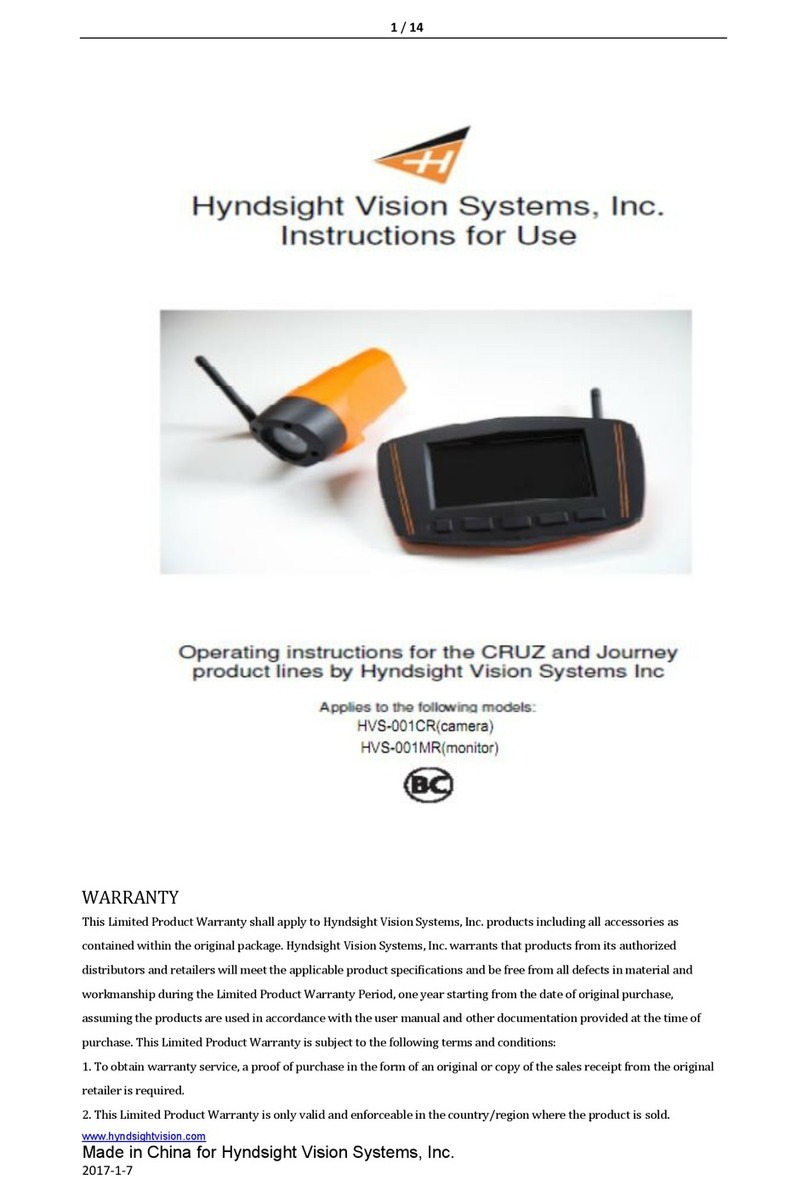
Hyndsight Vision Systems
Hyndsight Vision Systems Journey series Instructions for use
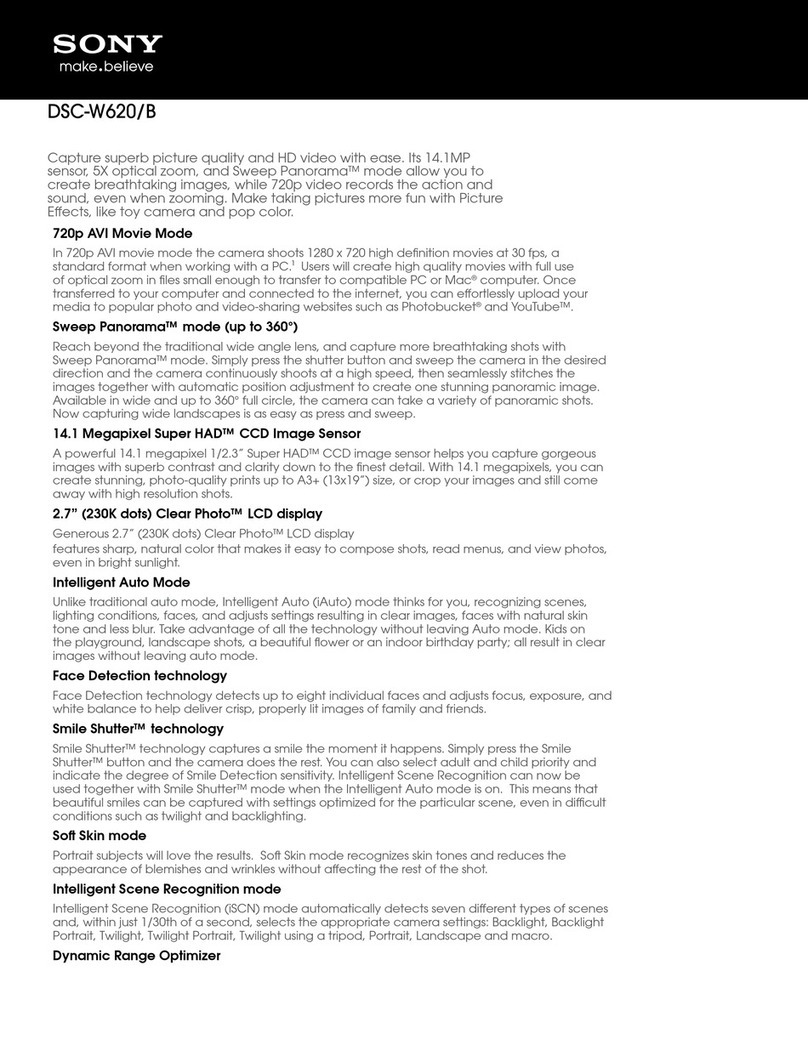
Sony
Sony DSC-W620/B Specifications
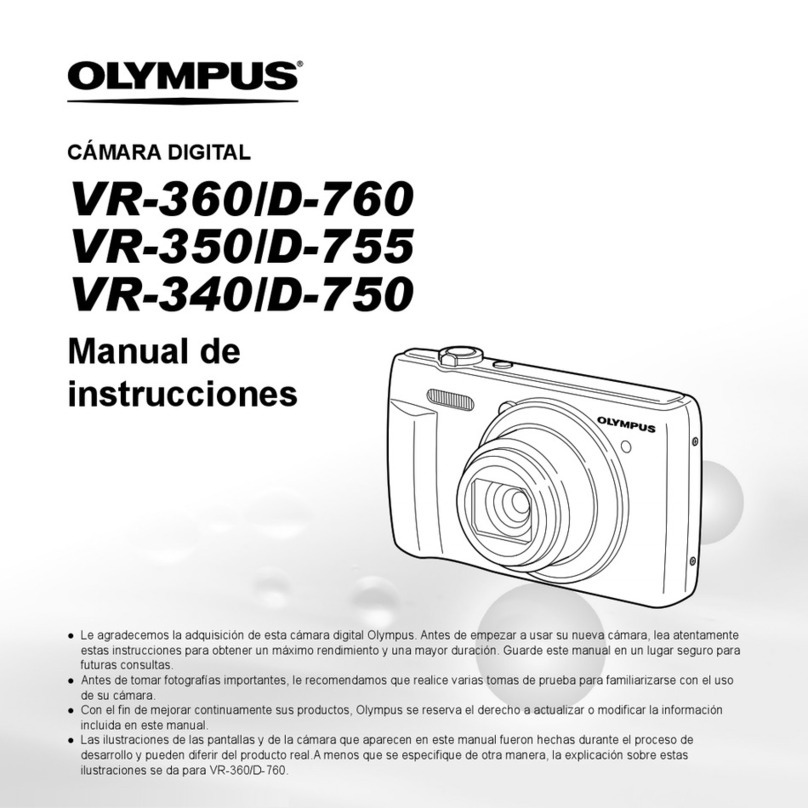
Olympus
Olympus VR-350 Manual de instrucciones
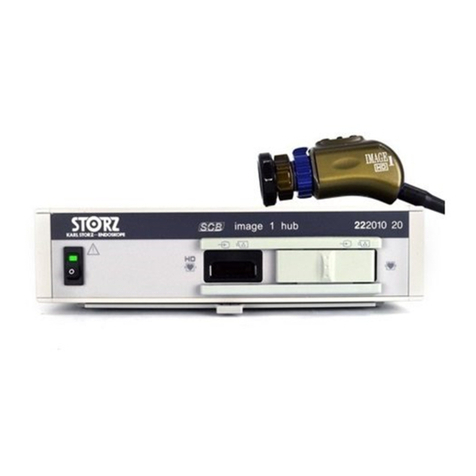
Storz
Storz IMAGE1 HUB 22 2010 20-1 Series instruction manual
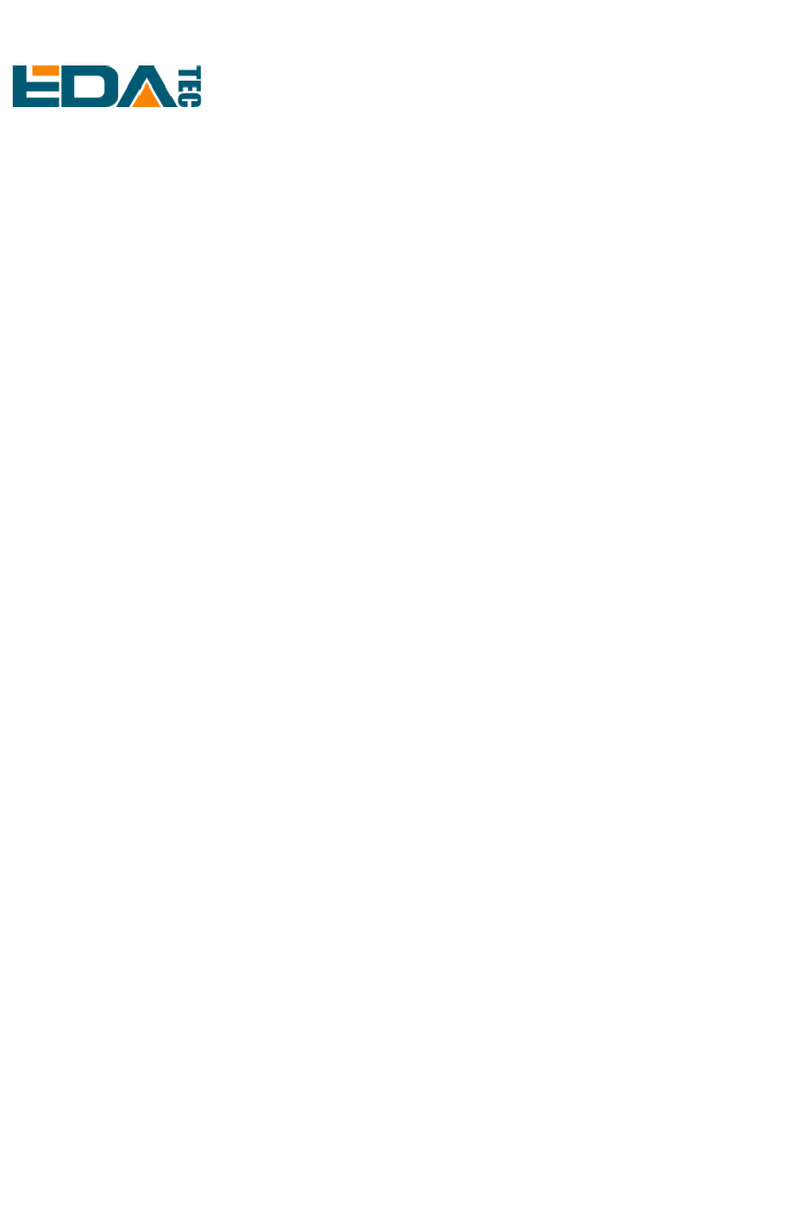
EDA
EDA ED-AIC2000 Series Development guide
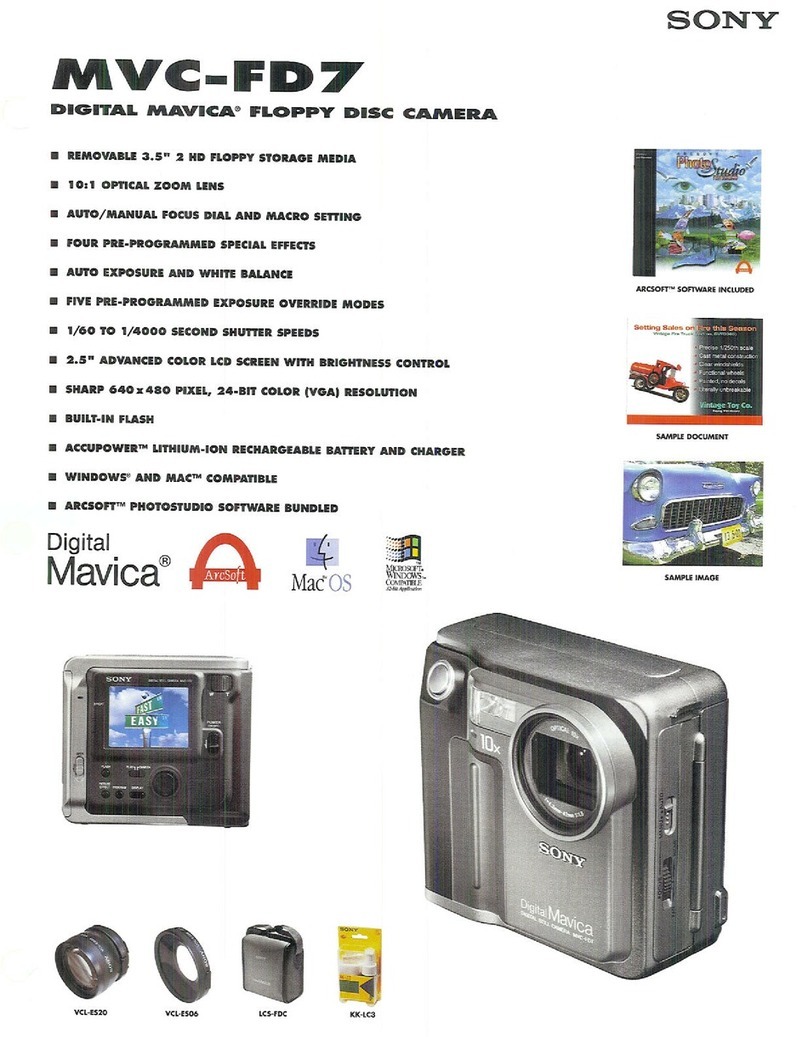
Sony
Sony Mavica MVC-FD7 Specifications
